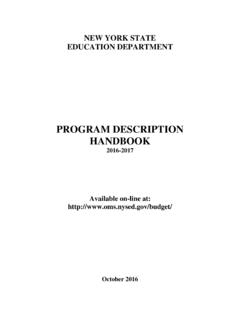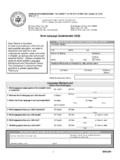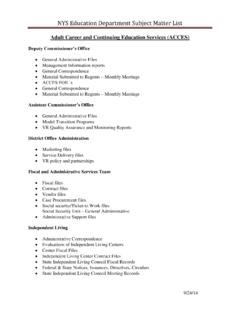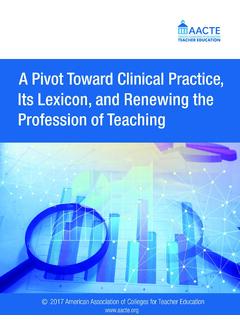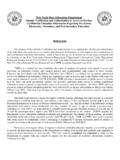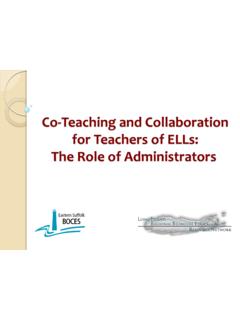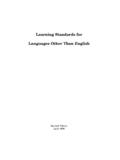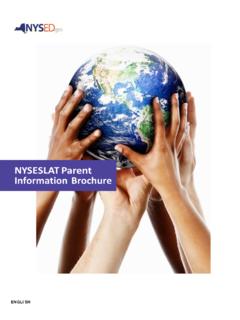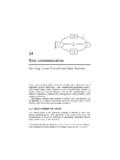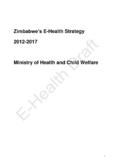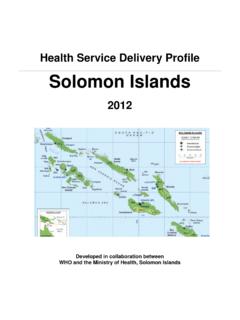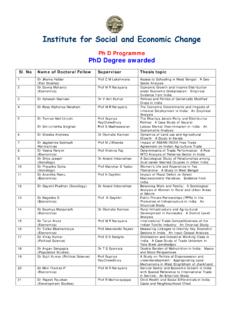Transcription of Social Studies Core Curriculum - nysed.gov
1 Social Studies Core Curriculum 20 K-6 Level K: Self and Others The Social Studies program at the kindergarten level focuses on helping students develop aware-ness of themselves as growing individuals. Children s unique qualities as well as similarities to others are stressed. Children learn about values, ideas, customs, and traditions through folktales, legends, music, and oral histories. In addition, children s relationships with others in the class-room and the school become sources for Social Studies learning. Social interaction skills are inte-gral to the kindergarten program. Emphasis is placed on using content that is relevant and per-sonally meaningful. Awide range of interdisciplinary activities can help children grow and develop and gain knowledge and skills. Children also begin to learn about their role as citizens by accepting rights and responsibilities in the classroom and by learning about rules and laws.
2 Concepts/ThemesLevel K Content Understandings Myself and others My physical self includes gender, ethnicity, and languages. Identity Each person has needs, wants, talents, and abilities. Each person has likes and dislikes. Each person is unique and important. People are alike and different in many ways. All people need others. All people need to learn and learn in different ways. Change People change over time. People use folktales, legends, music, and oral histories to teach values, ideas, and traditions. Culture My family and other families My family and other families are alike and different. Identity My school and school community What is a school? My neighborhood My neighborhood can be located on a map. Places and Different people live in my neighborhood. Regions Location of home, school, neighborhood, and community on maps and globes Places and Land and water masses can be located on maps and a globe.
3 Regions The United States can be located on a map and a globe. Basic human needs and wants People define basic human needs and wants. Needs and Families have needs and wants. Wants 21 Concepts/ThemesLevel K Content Understandings People helping one another to meet needs and wants ( , recycling and conservation projects) People rely on each other for goods and services in families, schools, and the neighborhood. People make economic decisions and choices. Symbols of citizenship Citizenship includes an awareness of the symbols of our nation. Citizenship includes an understanding of the holidays and celebrations of our nation. Citizenship includes knowledge about and a respect for the flag of the United States of America. Rights, responsibilities, and roles of citizenship All children and adults have responsibilities at home, in school, in the classroom, and in the community. People have responsibilities as members of different groups at different times in their lives.
4 People making and changing rules and laws Rules affect children and adults. People make and changes rules for many reasons. People making rules that involve consideration of others and provide for the health and safety of all Families develop rules to govern and protect family members. People in school groups develop rules to govern and protect themselves. I n t e rd e p e n d e n c e Citizenship and Civic Life Citizenship and Civic Life Government Government Grade 1: My Family and Other Families, Now and Long Ago The grade 1 Social Studies program focuses on helping students learn about their roles as mem-bers of a family and school community. The development of identity and Social interaction are stressed. The students explore self, family, and school through the five standards. Students learn about families now and long ago, as they study different kinds of families that have existed in different societies and communities.
5 Students also begin to locate places on maps and globes and learn how maps serve as representations of physical features and objects. Building on the level K program, the grade 1 program encourages interdisciplinary learning to assist in develop-ing the content, concepts, and skills outlined for the K-12 Social Studies program. Concepts/ThemesGrade 1 Content Understandings Identity My family and other families Families and different kinds of families exist in all communities and societies though they may differ. Culture Families have beliefs, customs, and traditions. I n t e rd e p e n d e n c e Families have roles and responsibilities. Families are interdependent. Families lived in other places and at different times. 22 Concepts/ThemesGrade 1 Content Understandings History of my family Families have a past and they change over time; my family timeline illustrates my family s Change history. Some family beliefs, customs, and traditions are based on family histories.
6 People of diverse racial, religious, national, and ethnic groups transmit their beliefs, Culture customs, and traditions. Folktales, biographies, oral histories, and legends relate family histories. My community and local region Change Different events, people, problems, and ideas make up my community s history. Folklore, myths, legends, and other cultural contributions have helped shape our Culture community and local region. Monuments and important places are located in my neighborhood. Communities are connected economically and geographically. People exchange elements of their cultures. Places and Places in my community and local region Regions Places can be located on maps and on a globe. Maps and diagrams serve as representations of places, physical features, and objects. Cardinal directions can be used to locate places and physical features. Symbols represent places and can be used to locate geographic features and physical Human characteristics.
7 Systems People depend on and modify their physical environments to meet basic needs. Challenge of meeting needs and wants Scarcity Scarcity means that people s wants exceed their limited resources. Communities provide facilities and services to help satisfy the needs and wants of people who live there. Technology People use tools, technologies, and other resources to meet their needs and wants. Needs and People in communities must make choices due to unlimited needs and wants and scarce Wants resources; these choices involve costs. Through work, people in communities earn income to help meet their needs and wants. Economic decision making Needs and People make decisions about how to spend the money they earn. Wants People work to earn money to purchase the goods and services they need and/or want. Symbols of citizenship Citizenship Citizenship includes knowledge about and respect for the flag of the United States of and Civic America, including an understanding about its display and use.
8 Life Citizenship includes a pledge of allegiance or loyalty to the United States of America. Rights, responsibilities, and roles of citizenship Civic Values Students, teachers, and staff are all citizens of the school community and have rights and responsibilities. People making and changing rules and laws Government People form governments in order to develop rules and laws to govern and protect them-selves. Civic Values Key terms related to the study of government include: democracy, power, citizenship, nation-state, and justice. Decision People plan, organize, and make decisions for the common good. Making Students can participate in problem solving, decision making, and conflict resolution. 23 Grade 2: My Community and Other United States Communities In the grade 2 Social Studies program, students explore rural, urban , and suburban communities, concentrating on communities in the United States.
9 The student s own community can serve as an example for studying about and understanding other communities. Students study about communities from the perspectives of the five Social Studies learning standards. Community Studies should include content examples from cultures other than the students own, and from a variety of perspectives including geographic, socioeconomic, and ethnic. Students continue to learn how to locate places on maps and globes and how different communities are influenced by geographic and environmental factors. They also study about the rights and responsibilities of citizenship in their communities. Concepts/ThemesGrade 2 Content Understandings My community and region today My urban , suburban, or rural community can be located on a map. Places and urban , suburban, and rural communities differ from place to place. Regions Events, people, traditions, practices, and ideas make up my urban , suburban, or rural community.
10 Communities in the future may be different in many ways. Change My urban , suburban, or rural community has changed over time. Roles and responsibilities of families in rural, urban , and suburban communities change over time. People depending on and modifying the physical environment Rural, urban , and suburban communities are influenced by geographic and environmental Environment factors. and Society Lifestyles in rural, urban , and suburban communities are influenced by environmental and geographic factors. Challenge of meeting needs and wants Rural, urban , and suburban communities provide facilities and services to help meet the Needs and needs and wants of the people who live there. Wants People in rural, urban , and suburban communities are producers and consumers of goods Factors of and services. Production People in rural, urban , and suburban communities must make choices due to unlimited Needs and needs and wants and limited resources.
